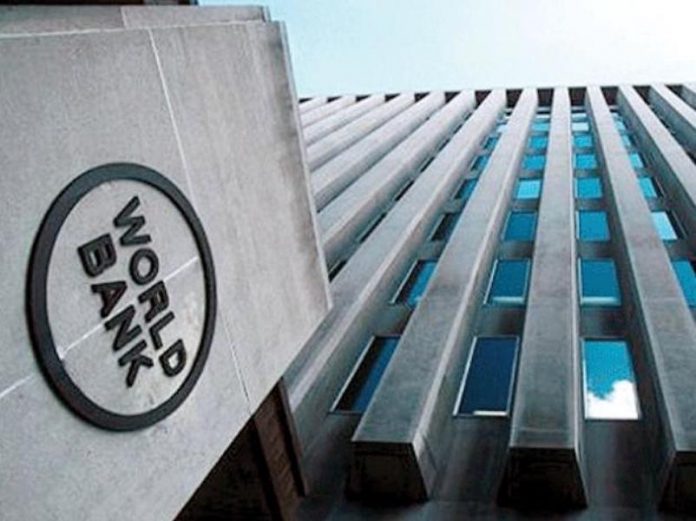The World Bank has said that the lower-than-average growth in Nigeria will hold back the sub-region’s economic performance.
The Washington-based lender in a report on the economic outlook of Western and Central Africa stated that activities in the region were set to increase from 3.2 per cent in 2023 to 3.7 per cent in 2024 and further accelerate to 4.2 per cent in 2025–2026.
“In AFW, economic activity is set to increase from 3.2 per cent in 2023 to 3.7 per cent in 2024 and further accelerate to 4.2 per cent in 2025–2026. The subregion’s performance will be held back by the lower-than-average growth in Nigeria. Excluding this country, the AFW sub-region is projected to grow by 4.4 per cent in 2024 and 5 per cent in 2025–2026.” it noted.
The report added that economic activities in the West African Economic and Monetary Union were projected to increase by 5.9 per cent in 2024 and 6.2 per cent in 2025 due to the solid performances of Benin, Côte d’Ivoire, Niger, and Senegal.
The World Bank explained that the growth in Nigeria was projected at 3.3 per cent in 2024 and 3.6 per cent in 2025–2026 as macroeconomic and fiscal reforms gradually start to yield results.
It declared that the oil sector was expected to stabilise with a recovery in production and slightly lower prices.
“A more stable macroeconomic environment, as the reforms’ initial shock dissipates, will lead to sustained but still slow growth of the non-oil economy. The oil sector is expected to stabilise with a recovery in production and slightly lower prices.
“Structural reforms will be needed to foster higher growth. Average inflation will remain elevated at 24.8 per cent in 2024, although it is expected to ease gradually to 15.1 per cent by 2026 on the back of monetary policy tightening and exchange rate stabilisation.”
According to the report, economic activities in Côte d’Ivoire will improve by 6.6 per cent in 2024 and stay firm at 6.5 per cent in 2025–2026.
“A more accommodative monetary policy by the Central Bank of West African States would support private consumption.
“In line with the development of the offshore Baleine Oilfield, rising oil production and exports are expected to boost economic activity. Finally, investments in agriculture, manufacturing, and telecommunications are expected to increase as a result of reforms in the business environment,” the report indicated.
In 2022, the National Bureau of Statistics said 63 per cent of persons living in Nigeria (133 million people) were multi-dimensionally poor due to a lack of access to health, education, and living standards, alongside unemployment and shocks.
According to the report, over half of the population of Nigeria was multi-dimensionally poor, with multidimensional poverty higher in rural areas, where 72 per cent of people are poor, compared to 42 per cent of people in urban areas.
The World Bank has said that Sub-Saharan Africa had been struggling to deepen and lengthen economic growth.
“Growth tends to be volatile, and when recessions arrive (with high frequency), they are deeper and longer than in other regions. This has had a substantial impact on how broad-based growth of people’s consumption spending in the region.
Sub-Saharan Africa stands out globally as having the highest extreme poverty rate, high levels of inequality, and the weakest transmission of growth to poverty reduction. Of the 700 million people living in extreme poverty in 2019, 60 per cent of them were in Sub-Saharan Africa,” it stated.
The report further stated that the pace of economic expansion in the region remained below the growth rate of the previous decade (2000-2014) and was insufficient to have a significant effect on poverty reduction.
SOURCE: PUNCHNG











